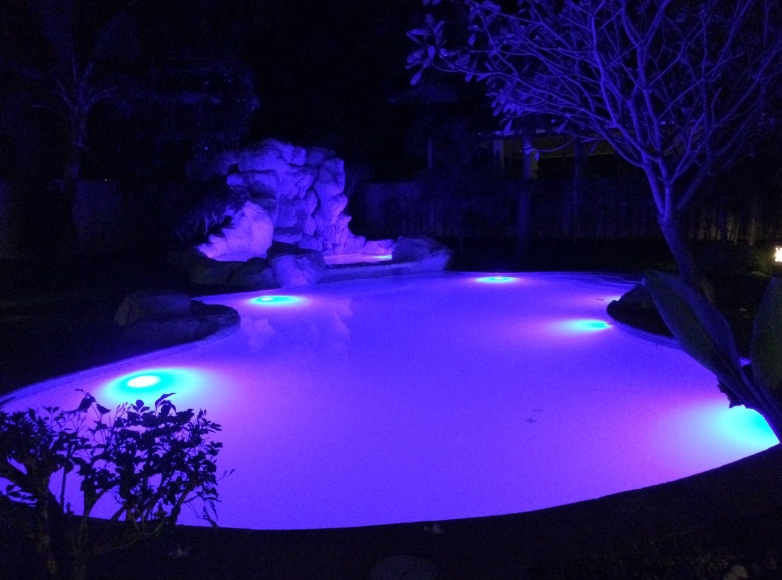Material: Lighting fixtures made of different materials vary in cost, durability, and aesthetics. For example, plastic fixtures are usually cheaper but may not be as durable as metal or glass fixtures. High-end metal or alloy fixtures often have higher quality assurance and a longer service life. Technology and Craftsmanship: Modern lighting fixtures incorporate many high-tech elements and complex craftsmanship beyond basic lighting functions, such as intelligent control, energy-saving and environmentally friendly technologies. The addition of these technologies and crafts enhances the functionality of the fixture and improves the user experience, while also increasing the manufacturing cost of the product.
Brand and Design: Well-known brands often have a good reputation and high market recognition, and their products are usually priced higher. Additionally, uniquely designed fixtures tend to attract more consumer attention, and their prices will correspondingly increase. Designer brands and limited edition designs often have more significant price differences compared to regular products.
Quality of LED Chips: Different qualities of LED chips have large price differences. Chips from Japan and the United States are more expensive, while those from Taiwanese and mainland Chinese manufacturers are relatively lower in price.
Brightness: LEDs with different brightness levels have different prices. High-brightness LED fixtures are usually more expensive.
Anti-Static Ability: LEDs with strong anti-static ability have a longer lifespan, hence a higher price. Generally, only LEDs with an anti-static rating greater than 700V can be used in LED fixtures.
Wavelength: LEDs with consistent wavelengths have uniform colors; if color consistency is required, the price is higher. Producers without LED sorting equipment struggle to produce pure color products.
Leakage Current: LEDs are unidirectional conductors of electricity, and any reverse current is known as leakage. LEDs with high leakage current have a shorter lifespan and are less expensive.
Emitting Angle: LEDs for different purposes have different emitting angles. Special emitting angles, such as a full diffuse angle, are more expensive.
Lifespan: The key to different qualities is the lifespan, which is determined by light decay. LED fixtures with low light decay and long lifespan are more expensive.
Encapsulant: Ordinary LED encapsulants are generally made of epoxy resin, while those with added UV resistance and fire retardants are more expensive. High-quality outdoor LED fixtures should be resistant to UV rays and fire.
In summary, when choosing pool lights, it is recommended to consider the above factors according to personal needs and budget, and select the product with the highest cost-performance ratio. At the same time, pay attention to product quality and service guarantee to ensure the purchase of satisfactory products.

